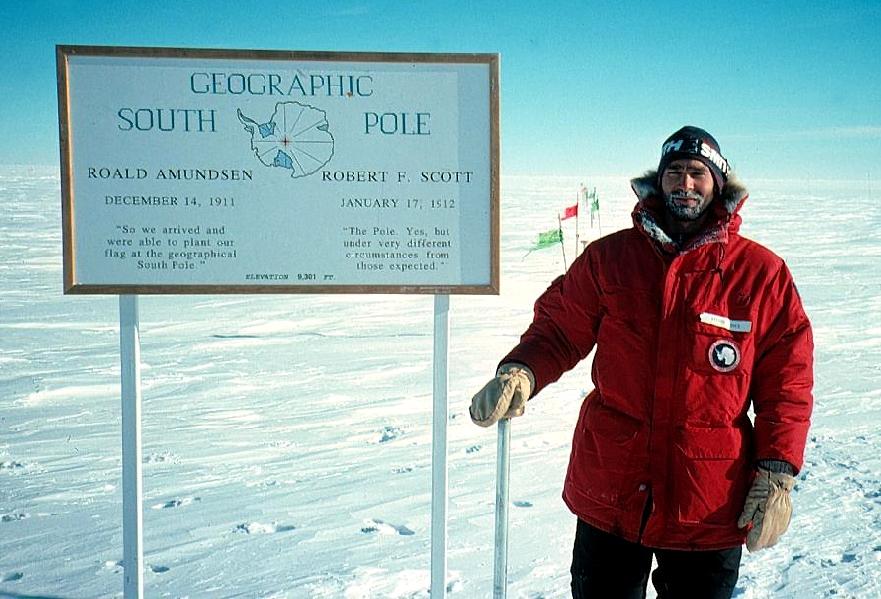

A good resource and introduction for understanding anthropogenic climate change and how it affects the climate system is the FAQ from the IPCC 4th asssessment report, which can be found here.
Climate scientists are spending more and more time dealing with skeptics of climate change on many levels. This webpage summarizes many of the standard arguments presented by skeptics and why they are wrong.
The most recent report (2013) from Working Group 1 (The Physical Science Basis) of the IPCC can be found here. The technical summary at the beginning of that chapter is worth reading if you have the time. If not, the Summary For Policymakers presents a summary of the important conclusions and can be read in an hour or two.
An important recent (2012) paper summarizing the state of mass balance of the ice sheets can be found here. Another good summary paper on the state of ice sheet mass balance (2013), which also includes some discussion of recent improvements in ice sheet models can be found here. A recent, technical summary of current ice sheet models can be found here.
The West Antarctic Ice Sheet Initiative website contains good general information on the status of research on the West Antarctic Ice Sheet. It also contains links to abstracts from all of the previous annual meetings and most of the presentation materials presented at the most recent annual meeting. A more recent (2012) summary of the state of understanding of West Antarctic ice sheet research, with respect to climate change and sea-level rise, can be found here.
COSIM, Los Alamos National Laboratory, other DOE labs, and a number of U.S. and U.K. academic institutions are involved in the development of a Community Ice Sheet Model (CISM). More information can be found here. CISM is part of the Community Earth System Model (CESM). The Land Ice Working Group is responsible for the development, implementation, testing, and land ice science done within CESM.
Most of the land ice model development currently taking place within (and supported by DOE) is under the DOE SciDAC PISCEES (Predicting Ice Sheet and Climate Evolution at Extreme Scales) project.
Follow this link to learn more about the glaciology group at the University of Washington, where I did my PhD work.
This link goes to the Bristol Glaciology Centre, part of the University of Bristol, where I did a postdoc with Tony Payne.
I did my masters degree at The Byrd Polar Research Center at Ohio State University. Their website contains one of the most extensive links pages for polar research (go to polar pointers).
The Juneau Icefield Research Program provides research and fieldwork experience in a glacial environment for college undergraduates and high school students (scholarships available).
